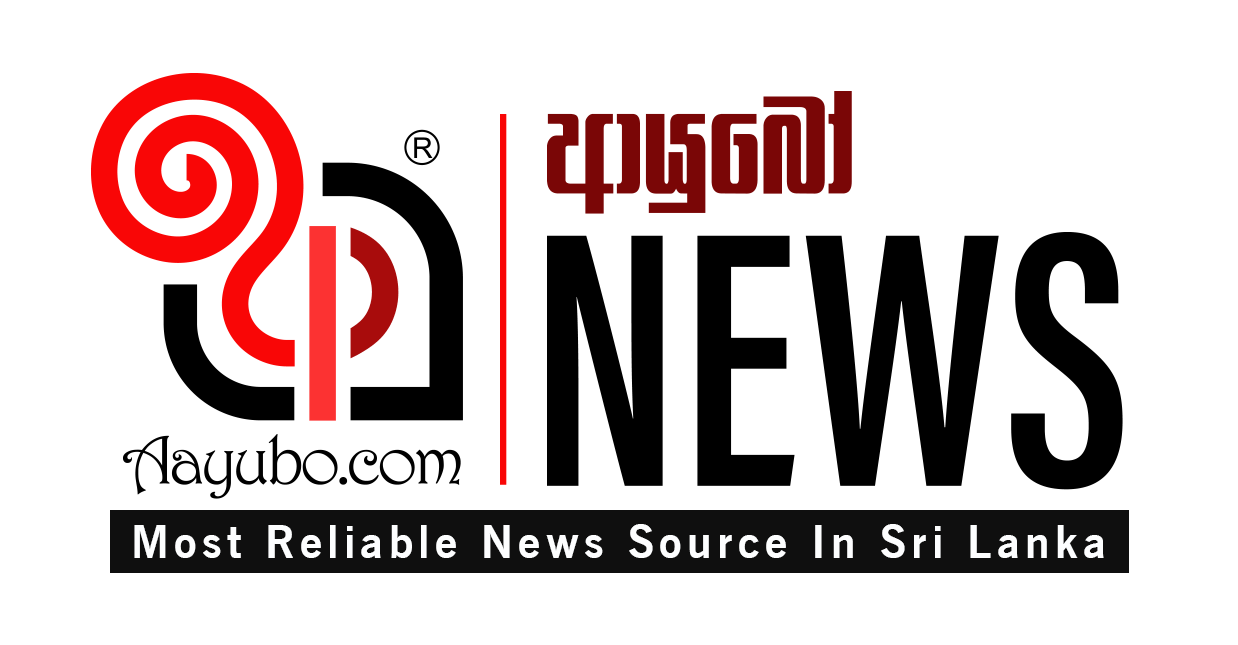Current monetary policy stance is appropriate: CB

The Central Bank, as widely expected, left the key policy rate unchanged at its second monetary policy review held earlier this week, as it reiterated that the current monetary policy stance is appropriate in achieving its desired inflation target of 5 percent, while supporting the ongoing recovery in the economy.
Currently, the overnight policy rate or the OPR, which acts as the key policy rate since the Central Bank transitioned into a single rate policy structure back in November last year, stands at 8 percent.
The OPR targets the average weighted call money rate, which is now at 7.95 percent. The Standing Deposit Facility Rate and Standing Lending Facility Rate, despite they no longer being the policy rates, stand at 7.50 percent and 8.50 percent, with a 50 basis points plus or minus from the OPR.
When asked why the Monetary Policy Board did not consider cutting rates, given the current deflationary trend, Central Bank Governor Dr. Nandalal Weerasinghe said the board did not see a reason to do so, as they are confident the current policy would be sufficient to bring inflation back up to their medium-term target of 5.0 percent.
“Current Monetary Policy stance is appropriate,” Dr. Weerasinghe said.
Explaining further he said, “If inflation is moving towards our goal of 5.0 percent in the medium term, there is no reason for us to change the policy from where it is now.”
The Central Bank said the current deflationary conditions are expected to subside from March onwards, before turning positive by mid-2025. The Central Bank projections also show inflation reaching the target levels by the year end.
The Central Bank projects inflation mainly for the next six, 12 and 18 months and up to 24 months the most, using what it calls its fan chart and Dr. Weerasinghe took pride in saying that their projections have been mostly accurate so far, compared to many whose projections have been way off.
The Central Bank also highlighted the effective transmission of the monetary policy into the financial markets as well as into the real economy, as seen from the sharp decline so far seen in the treasuries yields and also the borrowing rates, making possible credit to flow into the real economy in a broad set of sectors.
Responding to a question on what actions they might be contemplating on, on the predicament facing the savers, due to the lower deposit rates, Dr. Weerasinghe said they have allowed the market or the financial intermediaries such as the banks, finance companies, stock market, unit trust industry and insurance companies to offer alternative savings or investment opportunities, which can offer better returns at a time when the deposit rates have declined.
106 Views







Comments